Identifying a no-name banjo can be an intriguing voyage into the world of musical history. Banjos, with their iconic twang and rich cultural significance, often bear telltale signs of their origin and craftsmanship, even when devoid of any identifying labels or marks. In this guide, we’ll arm you with the essential knowledge and strategies to uncover the roots of your nameless banjo and shed light on its potential lineage. Whether you’re a seasoned banjo player, a collector, or just someone fascinated by the instrument’s charm, this journey will prove both instructive and exciting. Let’s begin.
Self Assessment of a Banjo’s Age
The first step in identifying your no-name banjo involves estimating its age. The age can provide crucial hints about its possible manufacturer and country of origin. Begin with a close inspection of the banjo’s material and construction. Older models (pre-1940s) often have wooden rims, while newer ones may feature metal or composite materials. Likewise, examine the hardware, such as tuning pegs and tailpieces. If they appear aged or exhibit patina, your banjo could be an older model. However, remember that components can be replaced over time, so use a combination of clues to make an educated guess. Understanding the banjo’s age is a significant step towards revealing its mysterious past.[2]
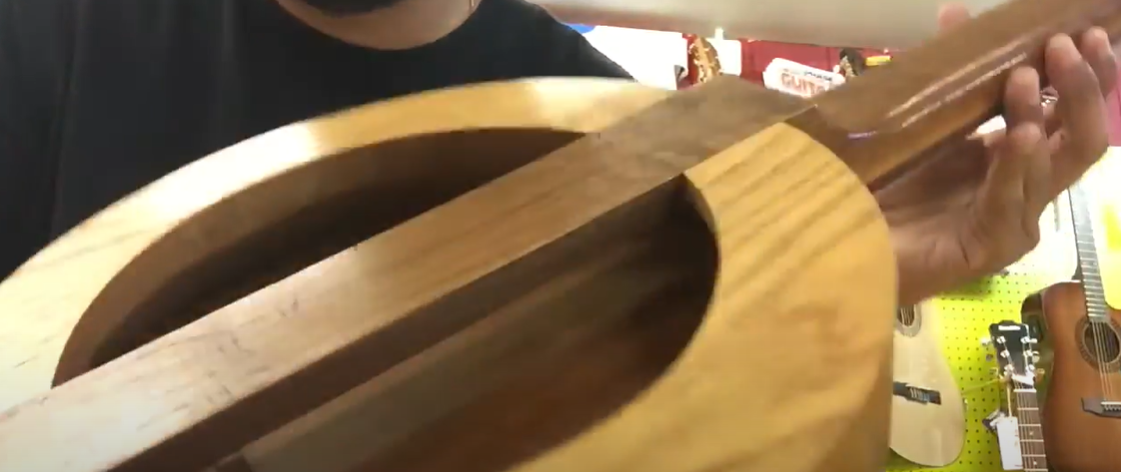
Researching How Old a Banjo Is
Once you have an estimated age range for your banjo, you can delve into more detailed research. There are several resources available to aid in your quest. Online banjo forums and communities can provide a wealth of knowledge, often with experienced members able to offer insights or suggestions based on the characteristics of your instrument. Library archives and music museums could also provide valuable historical context and possibly pictures of similar models. A comparison of your banjo with images of known models from different eras can further narrow down its age. Additionally, books about banjo history, available in digital or print format, might give a broader understanding of the changing manufacturing techniques and styles over time. Remember, patience is key as you piece together the clues of your banjo’s age.[2]
Expert Help on Telling How Old a Banjo Is
If your research hits a wall or you feel overwhelmed, don’t hesitate to seek expert help. Getting a professional opinion can give you a more precise estimation of your banjo’s age, and possibly its origin. Luthiers, or stringed instrument makers, possess in-depth knowledge about the construction and history of banjos. Similarly, music historians or appraisers specializing in instruments could provide valuable insights. Many offer services online, where you can send pictures and descriptions of your banjo for evaluation. Antique dealers, particularly those specializing in musical instruments, can also be of help. Local music stores or colleges with music departments might have knowledgeable staff or faculty who can assist. Remember, expertise comes from dedicated study and experience, and those well-versed in the field can often spot details that an untrained eye might miss. While there might be a cost involved, the reward is in the certainty and the richness of the story you can uncover about your no-name banjo.[2]
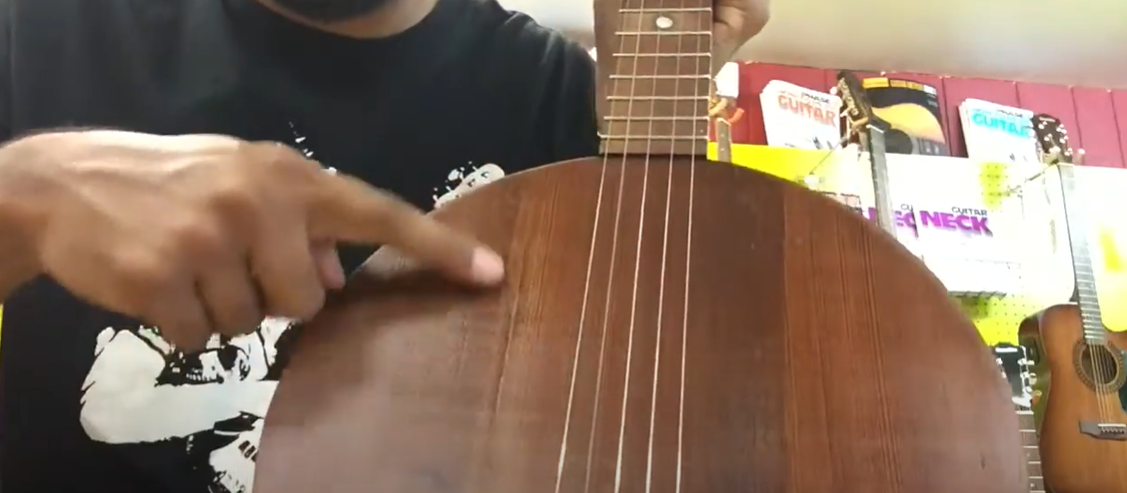
The History of a Banjo
Delving into the history of the banjo can provide valuable context as you try to identify your nameless instrument. The banjo owes its origins to Africa, carried to North America by enslaved Africans in the 17th century. Early banjos were primitive instruments, often fashioned from gourds and animal skin, with strings made from plant fibers or horsehair. As the banjo evolved, it started gaining popularity among white populations, particularly in the minstrel shows of the 19th century.
Understanding this historical evolution can give you a broader perspective as you analyze the design and materials of your no-name banjo. It can assist in narrowing down the time period and geographic region your instrument might belong to, bringing you closer to unveiling its identity.[1]
Identifying
The Age Of A Banjo By Its Construction
The construction and design of a banjo can offer significant clues about its age. Early banjos, particularly those from the 17th to 19th centuries, were often homemade and had a distinctive, primitive design. They were typically made using gourds and animal skin, with plant fibers or horsehair used for strings.
In the late 19th and early 20th centuries, the banjo started reflecting more sophisticated manufacturing techniques. The addition of frets and a resonator were innovations indicative of this era. The resonator, a back cover that helps project sound, was especially significant as it helped the banjo compete with louder orchestral instruments, a necessity in the emerging era of jazz and bluegrass music.
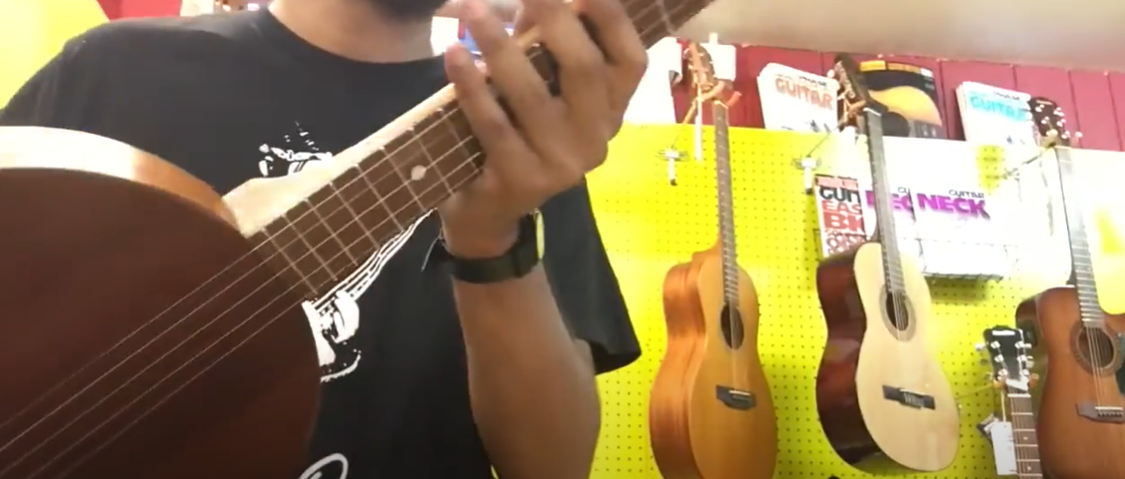
The mid to late 20th century saw the advent of synthetic materials in banjo construction. Plastic replaced animal skin in the drumhead, and metal or synthetic materials began to appear in the fretboards and strings. These changes reflected the industrialization and mass production trends of the time.
Finally, modern banjos, particularly those from the late 20th century to the present, may incorporate a variety of materials and designs, reflecting the diverse musical genres in which the banjo is used. For example, the use of electronic pickups in banjos is a relatively recent development, typically not seen in instruments from earlier than the late 20th century.
By observing the construction materials and design of your banjo, you can get an idea of the era in which it was likely manufactured. However, as with all clues, it’s important to cross-reference this information with other details to get a more accurate estimation of your no-name banjo’s age.
The Age Of A Banjo By Its Brand
The brand of a banjo can be a key identifier in determining its age and origin, specifically in banjos manufactured during the 19th and 20th centuries, when brand-name manufacturing became prominent. Renowned brands such as Gibson, Vega, Deering, and Bacon had unique styles of design and construction, as well as specific periods of production, that can provide vital clues about your no-name banjo’s age.
Vega, another historic American brand, was prominent during the early to mid-20th century. Known for their White Laydie and Tubaphone models, Vega banjos often boast an ornate design, with intricate inlays and a unique adjustable wire armrest.
Understanding these unique features associated with different brands can help you recognize relationships between your instrument and these historic manufacturers, even when there’s no brand name visible. Keep in mind, however, that copies and replicas of popular models abound, so consider all the evidence together before making a determination. It’s always a good idea to consult an expert if you’re unsure or if you believe you might have a valuable historical instrument on your hands.
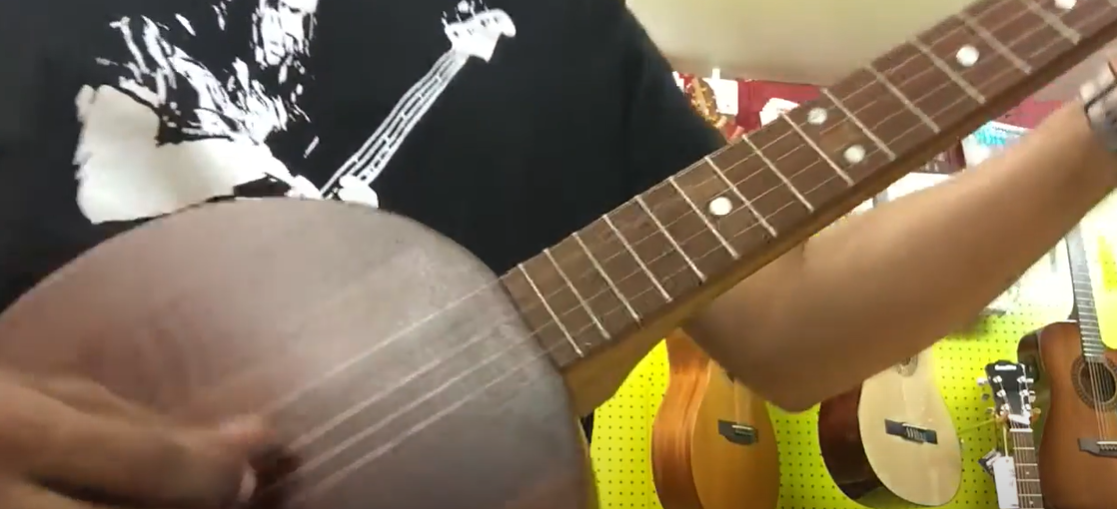
The Age Of A Banjo By Its Serial Number
Serial numbers can provide a more precise way of dating your no-name banjo, especially for instruments produced during the 20th century when manufacturers began to systematically record production details. These numbers are usually found on the dowel stick, inside the rim, or on the back of the peghead. However, each manufacturer follows a different system, and understanding these can be a bit complex.
For instance, American manufacturer Gibson used a sequential numbering system until the mid-1960s, allowing for a fairly accurate estimation of production dates. Similarly, Deering Banjo Company uses a serial number system that represents the production number and the year of manufacture.
However, bear in mind that not all banjos will have a serial number, and those that do might not follow an easily decodable pattern. Also, the presence of a serial number doesn’t necessarily guarantee authenticity, as counterfeit instruments can bear copied or forged numbers.
Determining the age of your banjo through its serial number often requires a lot of research, sometimes with varying degrees of success. Online databases, catalogs, and forums dedicated to banjo history can be a helpful starting point. Consulting with a music historian or an instrument appraiser can also provide more insight into understanding the significance of your banjo’s serial number.[1]
FAQ
Where is the serial number on a banjo?
The serial number on a banjo is typically located in one of a few standard places, although the exact position can vary by manufacturer and model. One common location for the serial number is on the back of the peghead, at the top of the neck. This is a standard placement for many manufacturers, including Gibson and Deering. Another typical location is on the inside of the rim or the dowel stick, the wooden rod that helps to keep the banjo’s neck and pot assembly stable. You may need to remove the resonator, if your banjo has one, to access these areas. A flashlight or a magnifying glass can be helpful in spotting and reading the serial numbers, particularly for older banjos where the number may have faded or become obscured over time. Please handle these operations with care to avoid damaging the instrument.
When examining the back of the peghead, you’ll find the serial number positioned either on the left or right side. On some banjos, the number may be stamped or engraved into the wood, while on others, it may be on a separate metal plate attached to the peghead. Similarly, when looking inside the rim or the dowel stick, the serial number can be engraved directly onto the wood or on a separate metal plate.
To ensure accurate identification, it’s important to have good lighting conditions when inspecting the banjo’s serial number. Using a flashlight or a magnifying glass can help you locate and read the numbers more easily. Take extra caution when handling the banjo and removing the resonator, if necessary, to avoid any accidental damage to the instrument. By paying attention to these details, you can better understand the history and provenance of your banjo.
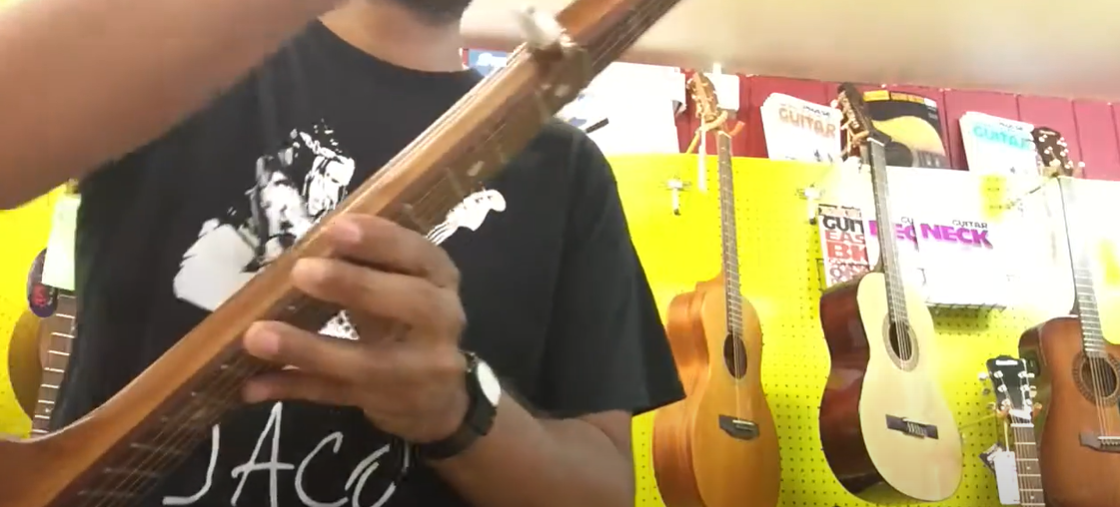
How do you tell if a banjo is right or left handed?
Identifying whether a banjo is right or left-handed is relatively straightforward. Start by looking at how it is strung. For a right-handed banjo, when you are holding it in a playing position, the fifth string should be on the farthest left, and the strings should get progressively thicker as you move to the right. Conversely, for a left-handed banjo, the fifth string should be on the farthest right side, and the strings should get progressively thicker as you move to the left.
Additionally, observe the orientation of the banjo’s bridge and neck. The neck of a right-handed banjo is designed to be played by the left hand, while the bridge is positioned for the right hand to strum or pick the strings. For a left-handed banjo, this setup is reversed.
It’s crucial to note that while some banjos are manufactured specifically for left-handed players, most banjos are made for right-handed players. However, a right-handed banjo can be converted into a left-handed one by reversing the string order, adjusting the bridge, and modifying the neck if it has a fifth string peg that protrudes from the side. Always remember that such modifications should be done by a professional to prevent any potential damage to the instrument.
To further clarify, when converting a banjo from right-handed to left-handed, the process involves changing the order of the strings. The bridge, which is responsible for transmitting the vibrations to the banjo head, also needs to be adjusted accordingly. Additionally, if the banjo has a fifth string peg that protrudes from the side of the neck, it may need to be modified to accommodate the left-handed playing style. It’s important to seek the assistance of a skilled professional who specializes in banjo modifications to ensure the instrument is properly adjusted and maintains its optimal performance.
By providing these additional details, it becomes easier to understand the process of determining the handedness of a banjo and the possible modifications required for converting it to suit a left-handed player.
What are the numbers on the banjo strings?
The numbers on banjo strings typically refer to their thickness, or gauge, often measured in thousandths of an inch. This measurement is essential as it affects the sound, playability, and tension of the strings.
Banjo strings are usually numbered from 1 to 5, with 1 being the thinnest (or highest) string and 5 being the thickest (or lowest). A standard 5-string banjo set might include gauges like .009 (1st string), .011 (2nd string), .013 (3rd string), .020 (4th string), and .009 (5th string).
These string gauges serve as a starting point, but the best gauge for you might depend on various factors. Your playing style, the specific sound you’re aiming for, and the type of banjo you have can all influence your choice. Lighter strings, for instance, are easier to fret and bend, allowing for more expressive playing. On the other hand, heavier strings tend to produce a louder, fuller sound, ideal for those seeking a bold and resonant tone.
If you’re unsure about which gauge to choose, it’s always a good idea to consult with a music professional or an experienced banjo player. Changing string gauges can have a significant impact on your instrument’s setup, so it’s important to gather insights from those with expertise in the field. By seeking guidance, you can ensure that your banjo is optimized for your playing preferences and musical goals.

What is the banjo named after?
The name ‘banjo’ has fascinating roots in West Africa, particularly in the rich tapestry of the Mandinka language. Its etymology traces back to the word “bania”, which beautifully translates to ‘bamboo’. This connection becomes even more evocative when we delve into the earliest iterations of banjos, which were skillfully crafted using gourds and bamboo. The choice of materials not only echoed the instrument’s naming but also contributed to its unique tonal qualities.
While the term ‘banjo’ is widely accepted and acknowledged today, there exists a captivating array of theories and debates surrounding its precise origin. Some theories even suggest alternative linguistic influences from other African languages and dialects, adding an intriguing layer of complexity to its story.
Regardless of its linguistic genesis, the name ‘banjo’ carries a melodic resonance that transcends borders and cultures. It has become a symbol of creativity and expression, deeply ingrained in the fabric of various music genres across the globe. From the soulful melodies of bluegrass to the rhythmic beats of jazz, the banjo’s acoustic charm continues to captivate and inspire musicians and listeners alike.
How do I know what banjo strings to get?
Choosing the right strings for your banjo depends on various factors, including your instrument type, playing style, and personal sound preferences. For the most common type, the 5-string banjo, you will typically find sets ranging from light to medium gauges.
Light gauge strings, such as .009 to .020, are known for their ease of playability. They require less pressure to fret, making them comfortable for bending notes. Additionally, they produce a bright and crisp sound, which is ideal for fast bluegrass picking styles.
On the other hand, medium gauge strings, like .010 to .023, offer a fuller and louder sound. While they require more finger pressure, they are versatile and work well with a wider range of music styles, including clawhammer and old-time music.
In addition to gauge, the material of the strings also contributes to their tone and feel. Nickel strings are favored for their bright and clear tone, while phosphor bronze strings provide a warmer sound with increased sustain.
Finding the right set of strings can truly enhance the sound of your banjo. It is recommended to experiment with different types and gauges to discover what works best for you and your instrument. Keep in mind that changing string gauges may require adjustments to your banjo’s setup, so it’s always wise to consult with a music professional or experienced banjo player when making any changes.
What does a 5 string banjo look like?
A 5-string banjo, renowned for its distinct design and construction, stands as one of the most easily recognizable types of banjos. This particular banjo variety boasts a circular drum-like body, aptly named the “pot.” The pot is adorned with a tensioned skin or synthetic head that stretches gracefully over its surface. Attached to the pot is a wooden neck, meticulously crafted to include no less than 22 frets. These frets, adorned with metal inlays for note identification, allow for precise and effortless playing.
Now, let’s delve deeper into the standout feature of the 5-string banjo: its five strings. Four of these strings elegantly traverse the full length of the fretboard, while the fifth string takes a shorter route. This unique string is anchored by a tuning peg inserted halfway up the neck, aptly known as the fifth string peg. When held in the playing position, the fifth string is closest to the musician’s body, typically boasting the thickest gauge.
To bring forth the iconic sound of the banjo, the strings are either strummed or picked over a bridge. This bridge diligently transfers the vibrations to the banjo’s head, resulting in the instrument’s distinctive tone. Musicians can opt to play the banjo with picks worn on their fingers or with bare fingers, employing a “clawhammer” or “frailing” style. Additionally, the presence of a resonator projects the banjo’s sound forward, lending it a louder and brighter tonality.
The aesthetic appeal of a banjo knows no bounds, with some featuring ornate designs and intricate inlays on both the neck and body. Conversely, others adopt a more stripped-down, rustic appearance, exuding a minimalist charm. It’s important to note that the look of a banjo can be as diverse and captivating as the musicians who skillfully wield them.
Useful Video: No name banjo demonstration
Conclusion
Identifying a no-name banjo requires extensive knowledge about various aspects of the instrument. This includes understanding its setup for left- or right-handed players, decoding the significance of the numbers on the strings, exploring the historical roots of the term ‘banjo’, and most importantly, gaining insight into how to choose the perfect banjo strings.
When it comes to recognizing the characteristic features of a 5-string banjo, which happens to be the most common type, there are a few key elements to look out for. This unique instrument boasts a distinctive construction, with a fifth string that originates from a peg positioned halfway up the neck. Such a design feature is not found in other stringed instruments, making the 5-string banjo truly one-of-a-kind.
Understanding the significance of selecting the right strings cannot be overstated when it comes to the banjo. The choice of strings can significantly impact the instrument’s sound quality and playability. To achieve the desired tone and feel, it is crucial to experiment with different types and gauges of strings that are specifically tailored to your banjo type and personal playing style. Through this process of exploration, you can uncover the perfect combination that brings out the best in your banjo.
Lastly, it is worth noting that seeking guidance from a music professional or an experienced banjo player can provide invaluable insights when it comes to identifying and setting up a no-name banjo. Their expertise and firsthand experience can offer valuable advice and recommendations to ensure that your banjo is in optimal condition and delivering the best possible performance.
References:
- https://countryinstruments.com/how-do-you-tell-how-old-a-banjo-is/
- https://promusicvault.com/how-to-tell-how-old-a-banjo-is/




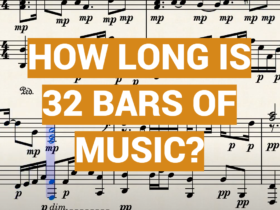




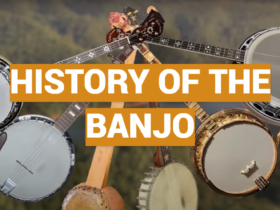
Leave a Reply